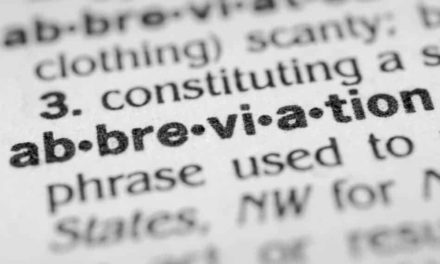How To Add Numerical References to Scientific Manuscripts
Numerical references such as those required for a Vancouver style of referencing and recommended by guidelines that call for variations on the Vancouver system are commonly used in the medical and biological sciences. Such references are extremely easy to produce in running text – in most cases all that is required for each citation is a number – but this simplicity hides dangerous pitfalls that must be avoided while recording references in a numerical system.
Most importantly, numerical references can quickly become problematic if even one source is missed when the references used in a document are numbered and added to the reference list. This is because numerical references are arranged in numerical order according to when they are first cited in a document, so the first source cited becomes reference 1, the second, reference 2, the third, reference 3 and so on. Each number is assigned to one source only and each source has only one number, which it retains throughout the document. This means that if you miss a source while numbering your references and adding them to the list, that source will have to be numbered and added, while all sources that follow it will need to be renumbered both in the main text and in the list. If, for example, you missed the third source you cited, it will need to be numbered 3 and what was reference 3 will need to be renumbered as reference 4, what was reference 4 will need to be reference 5 and this will continue to the end of the list.
It is always imperative to avoid errors in the references used in scholarly writing, but never more so than when using numerical references. If your numbering is off, it will lead readers to the wrong sources, which means that you are misrepresenting the work of your colleagues and predecessors. In addition, unless you choose to mention author names and publication dates in your discussion, your readers will not have that information in your text to guide them to the correct sources as they would in other systems of referencing.
The best time to number and arrange numerical references is therefore when your text is virtually complete and it is unlikely that changes altering the order of references will take place. While the document is in progress, you can use short tags (perhaps in parentheses or square brackets to separate them clearly) including author names, partial titles, publication dates or whatever will accurately lead you back to the correct sources. When you check your citations as you finish your work, which is always advisable, you can remove these tags and number your references, adding them to the list in the correct order.
Generally speaking, the only situation in which in-text numerical references require more than the reference numbers is when you directly quote a source and a page number is also needed. Most scholarly journals and publishers who request numerical references will provide guidelines and examples for formatting those references, including details about how page numbers should be included. Such guidelines should be followed with precision and consistency, but if you are working without such instructions, the key is to distinguish page numbers from reference numbers, which can easily be done by using the abbreviation ‘p.’ (singular) or ‘pp.’ (plural) before the numbers that represent pages.

















